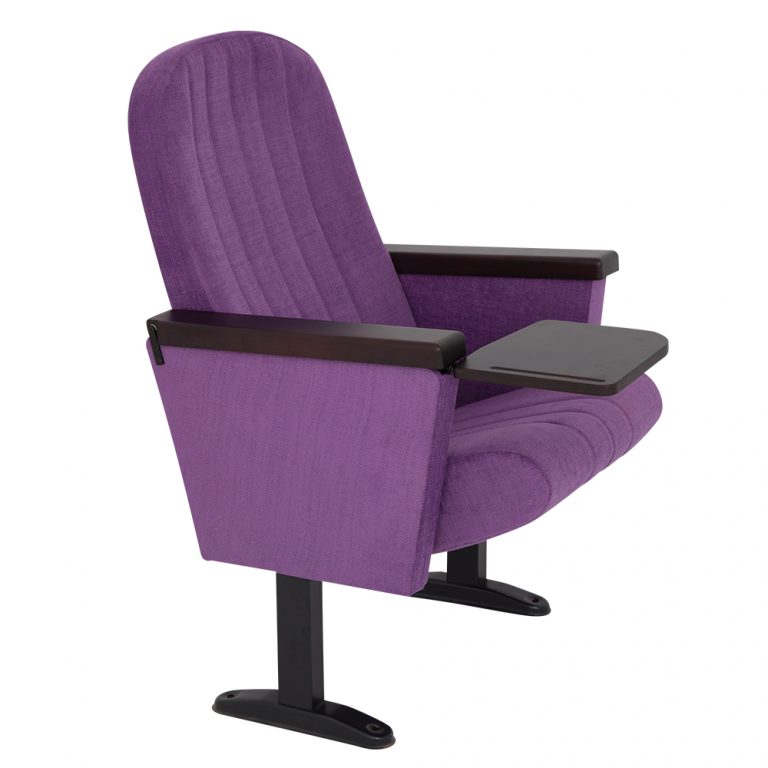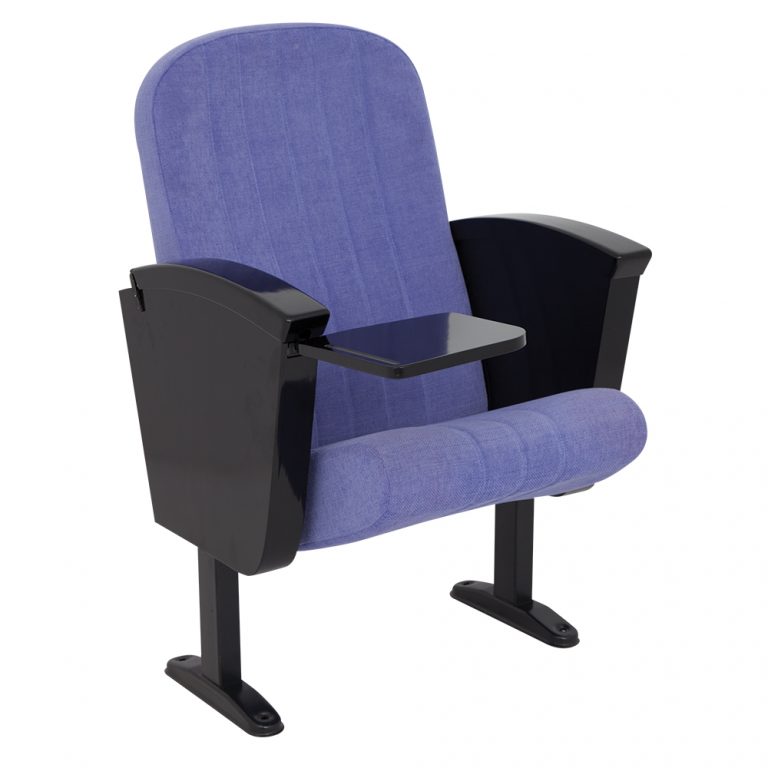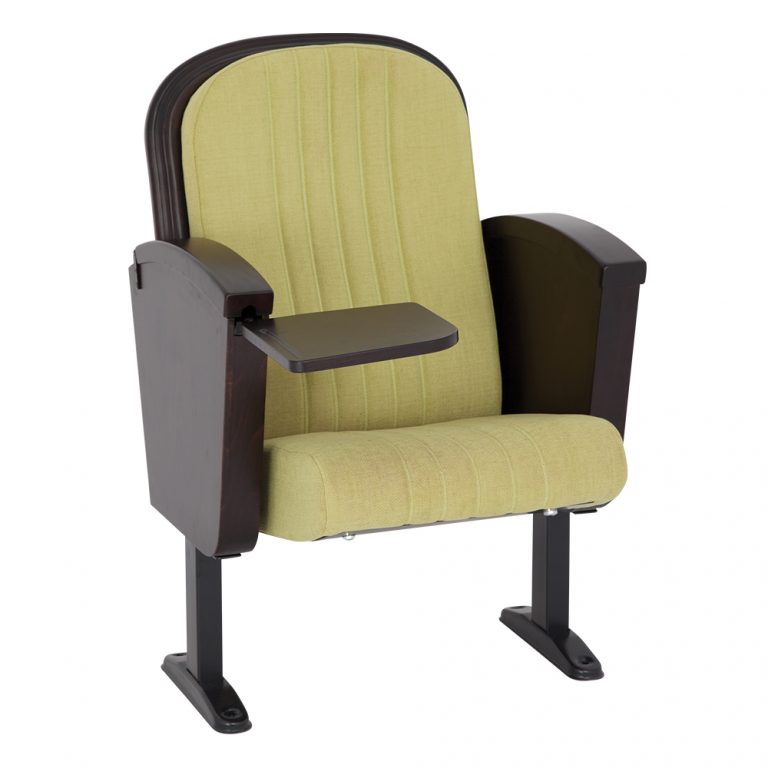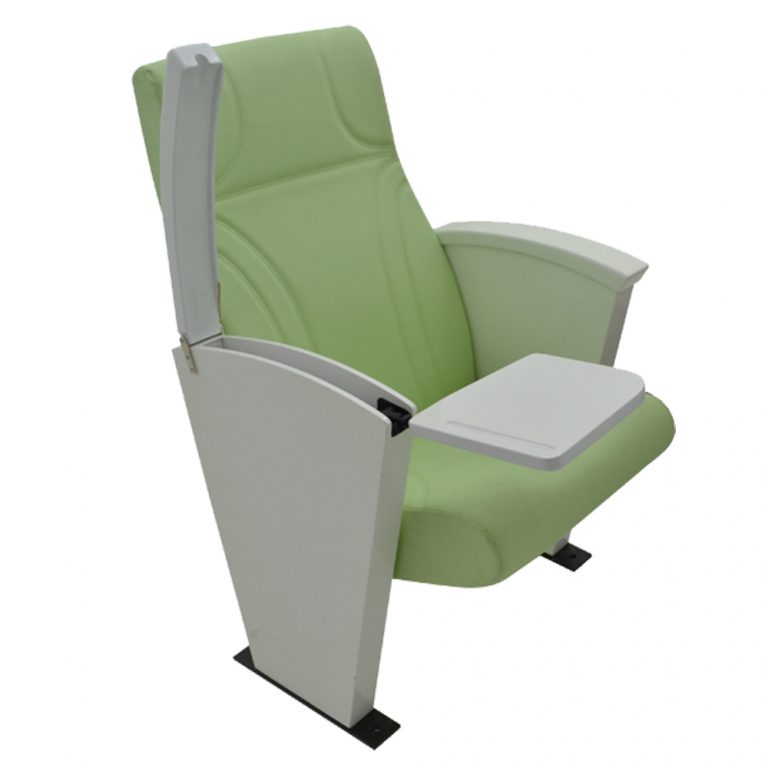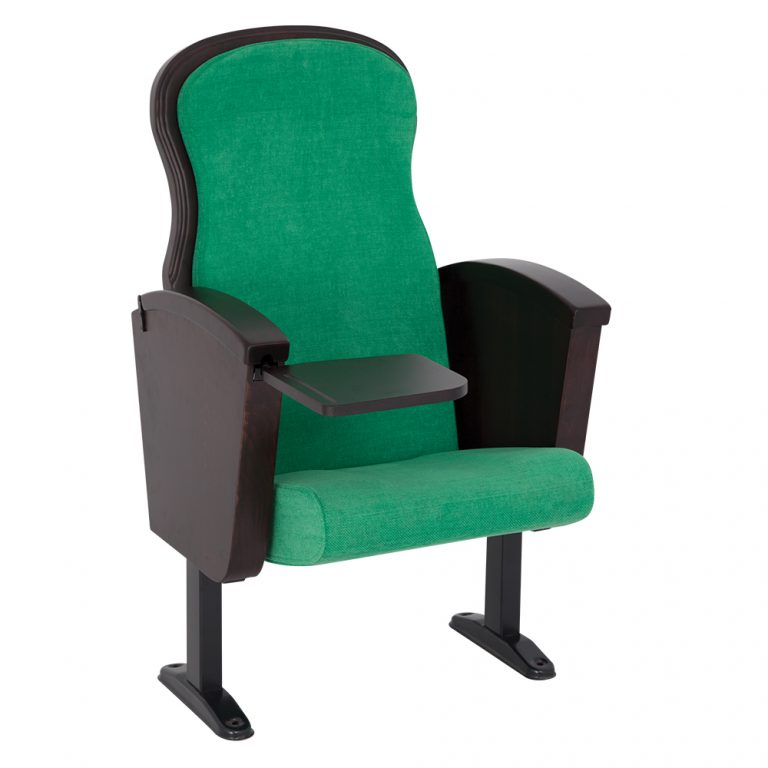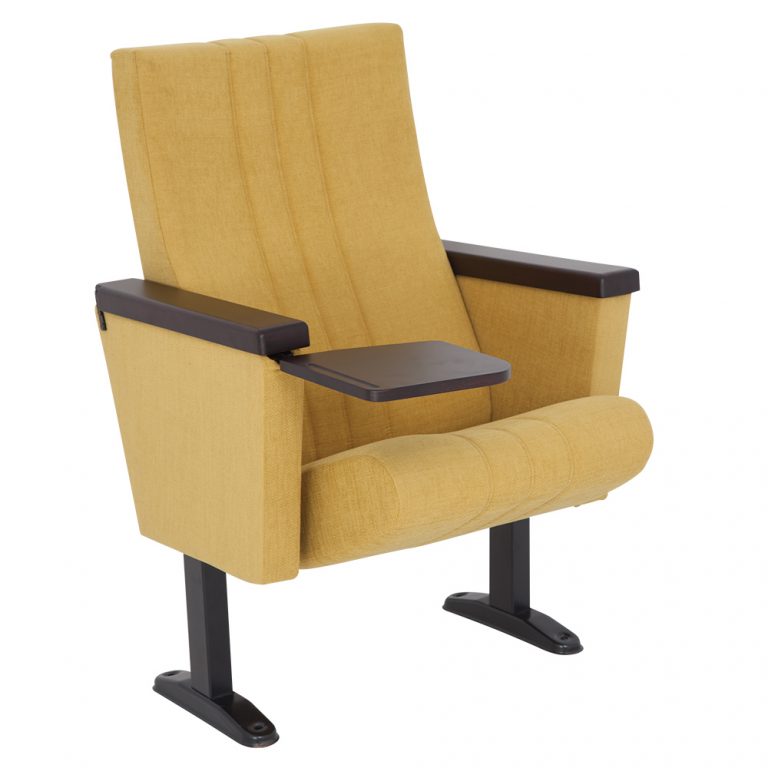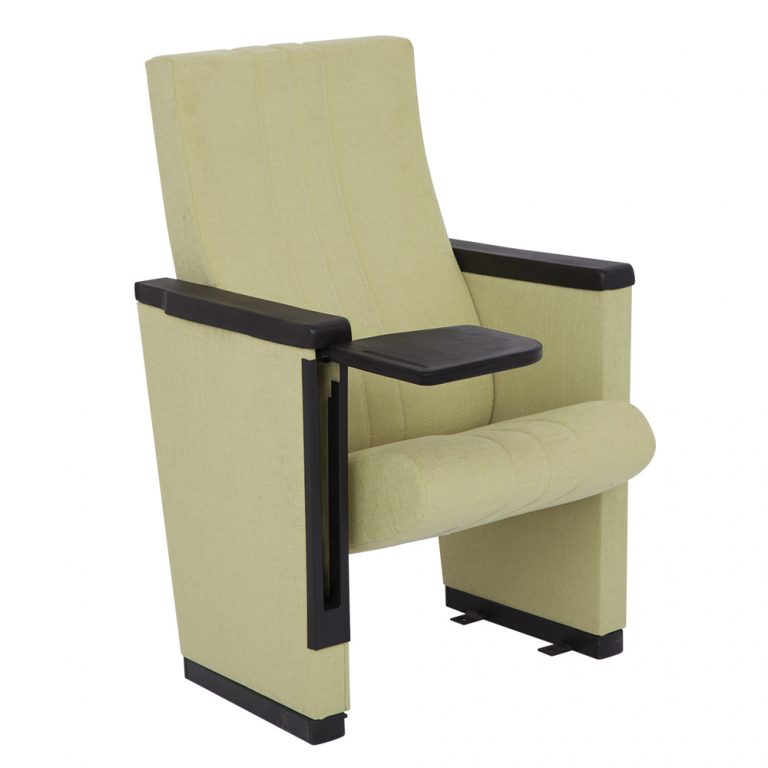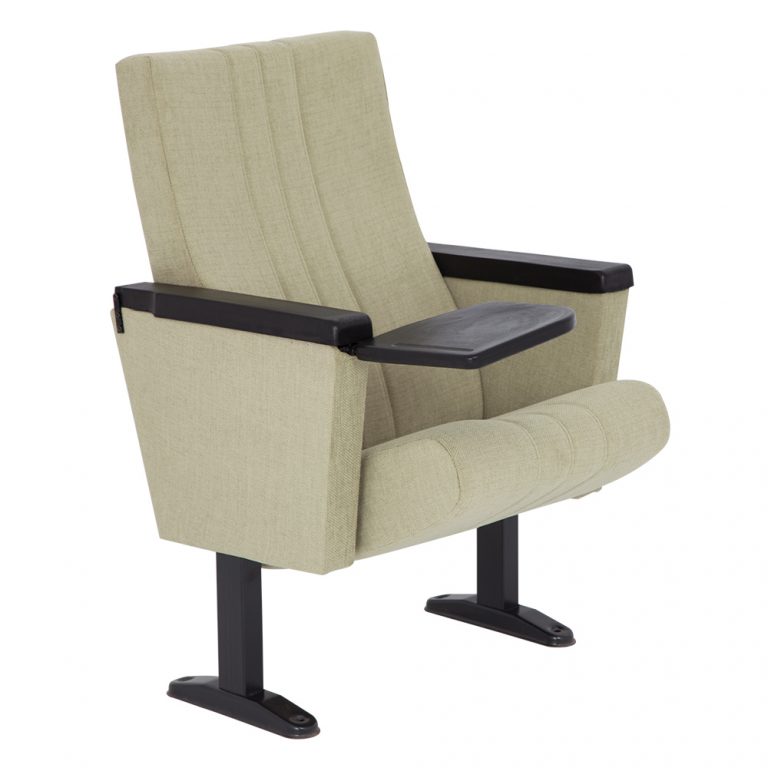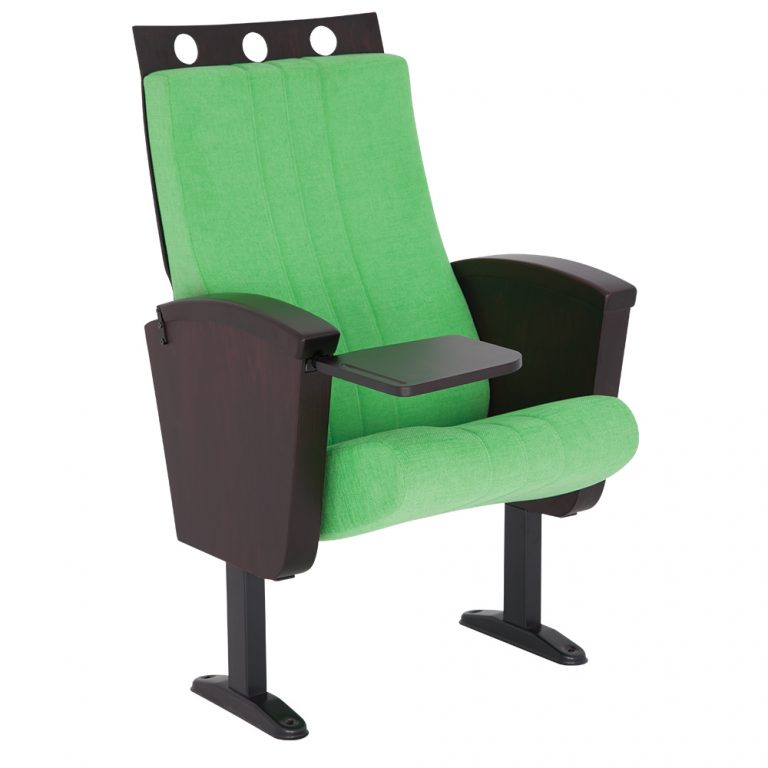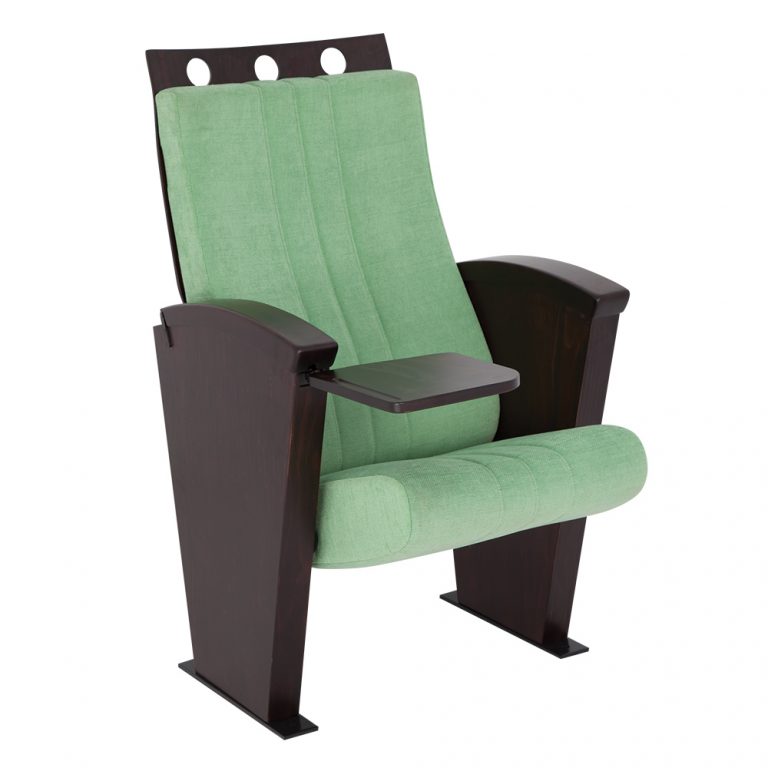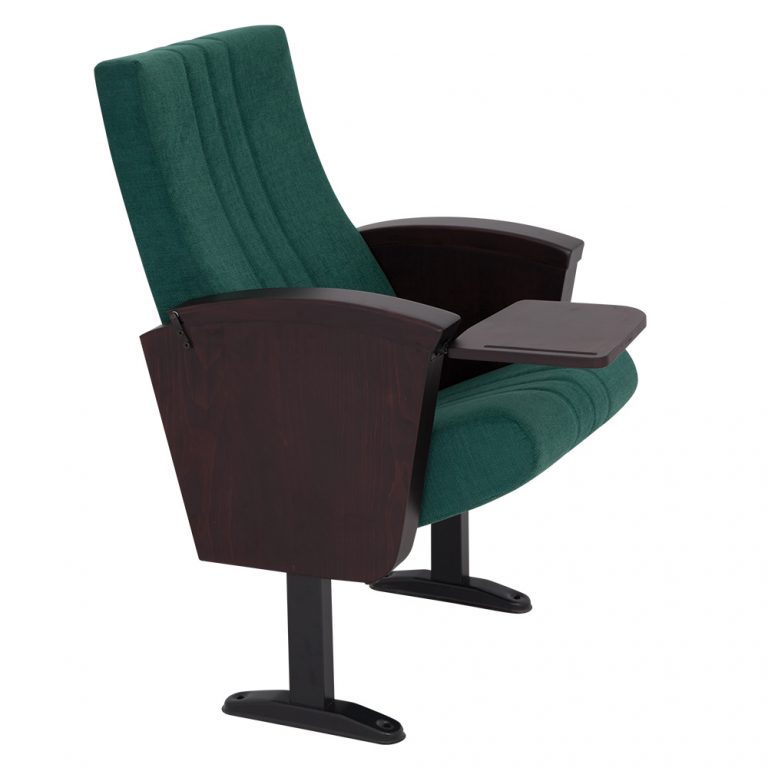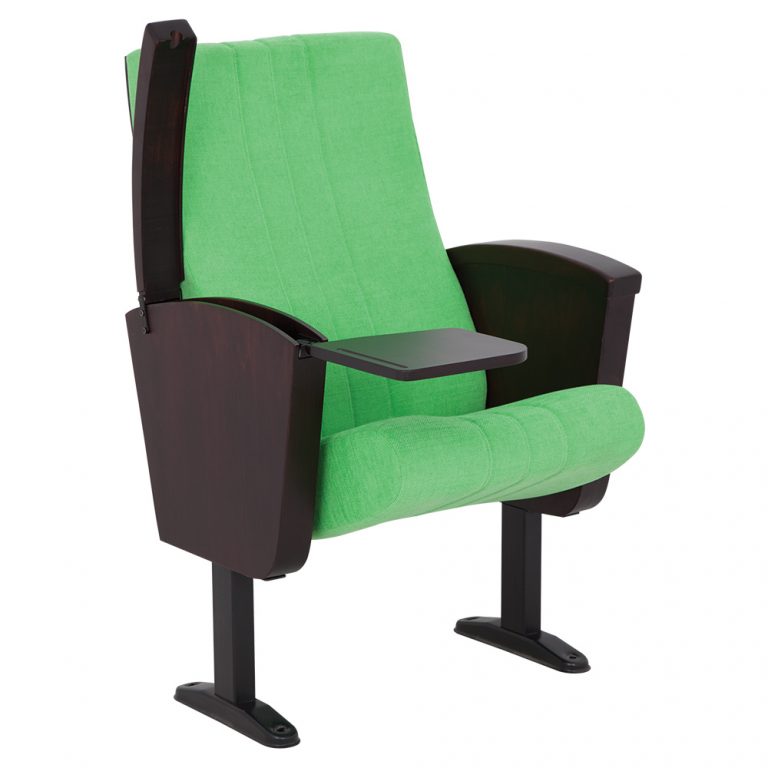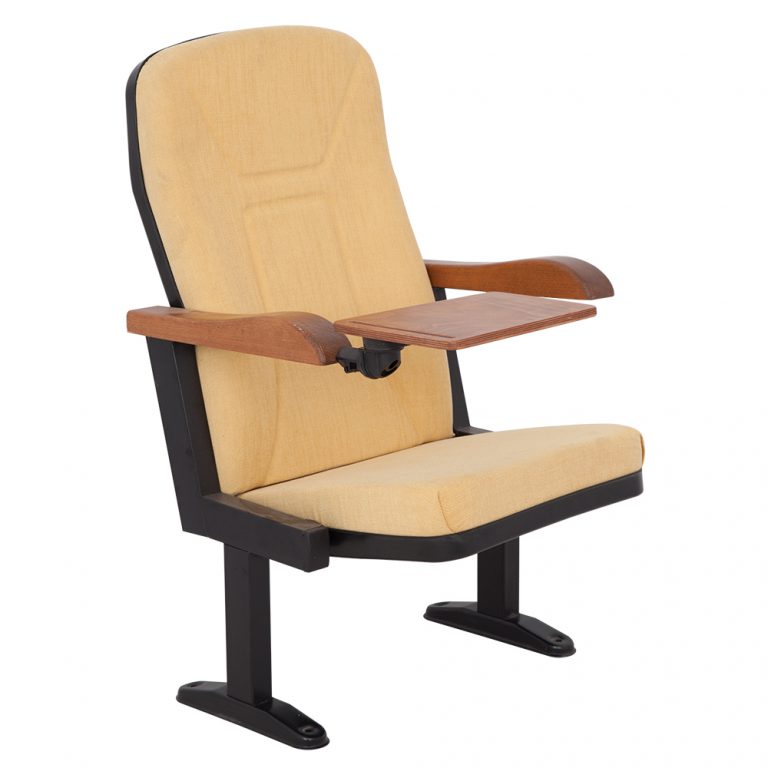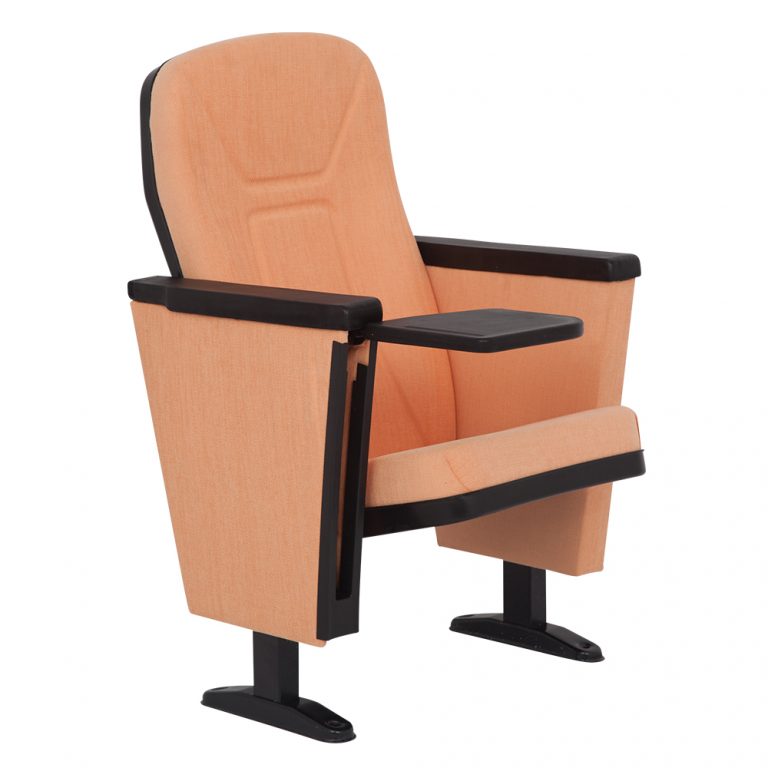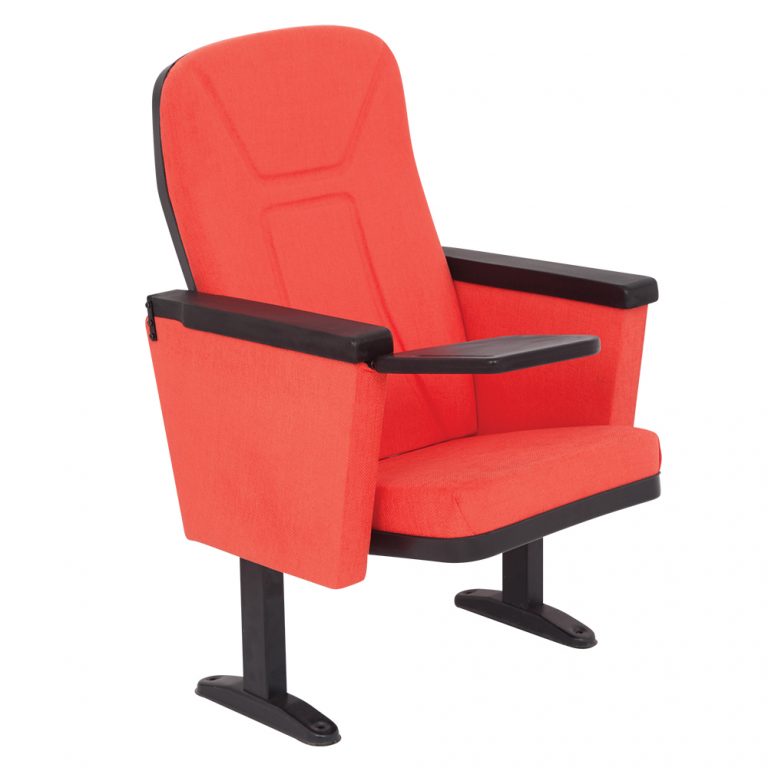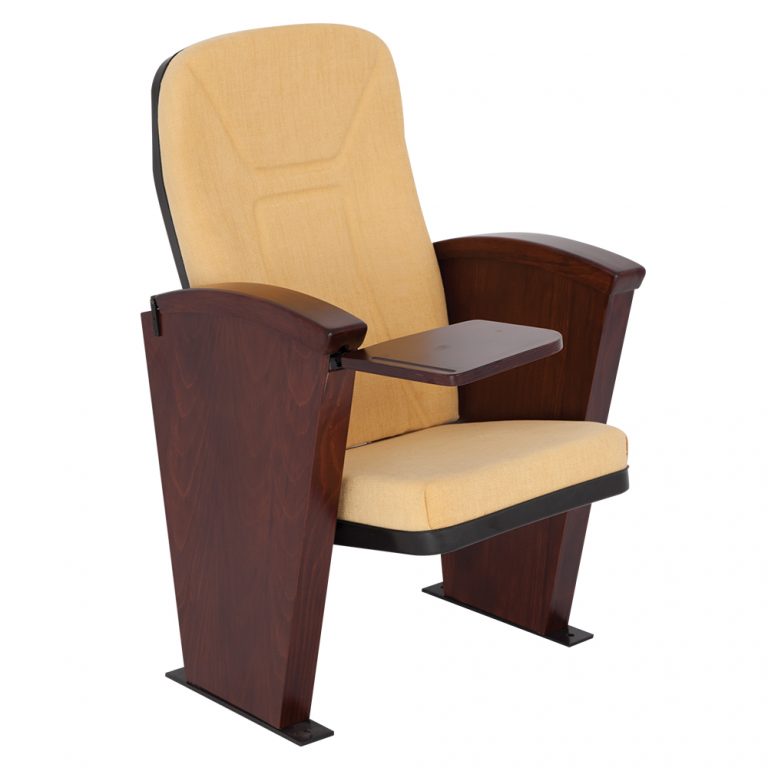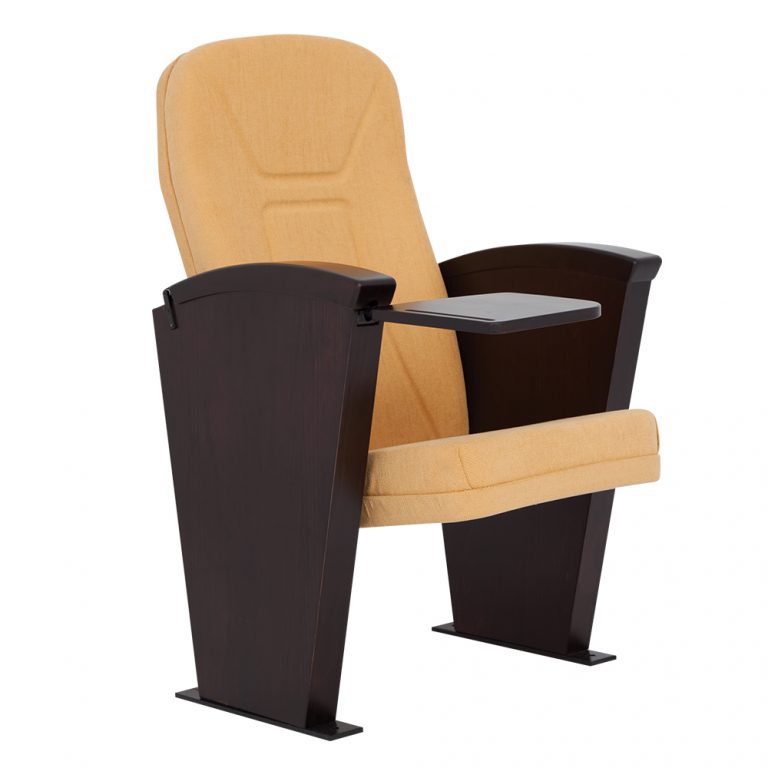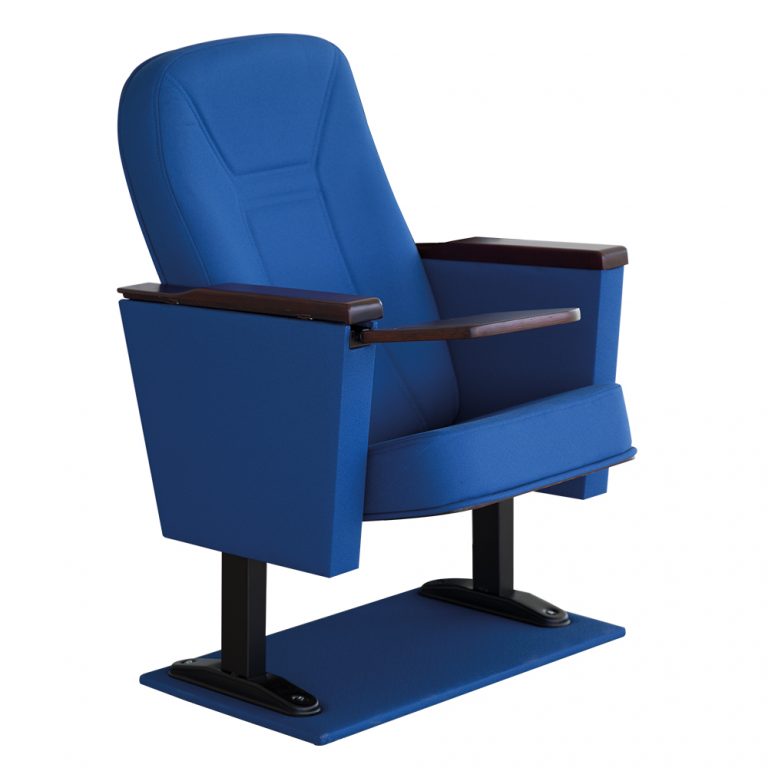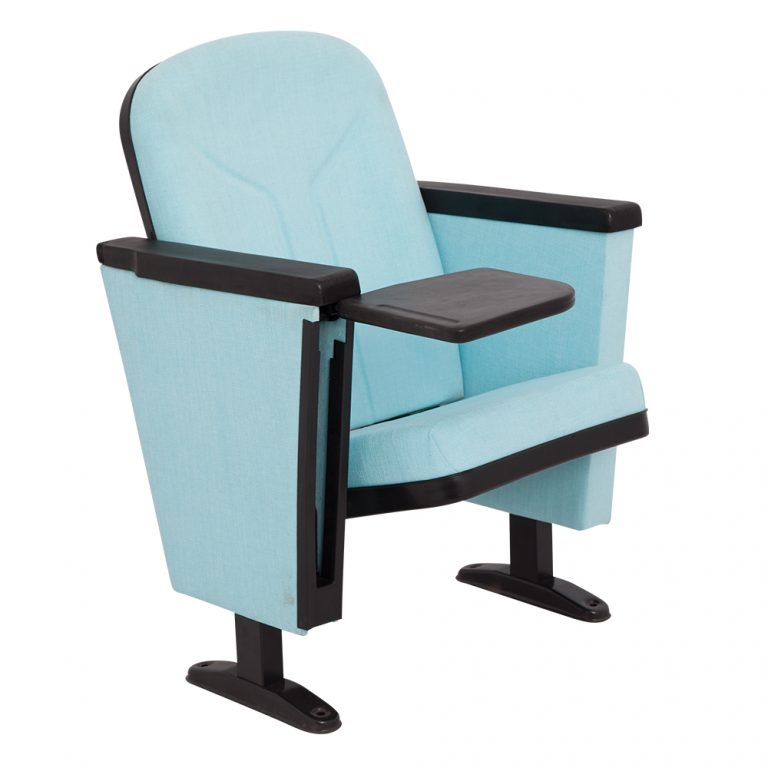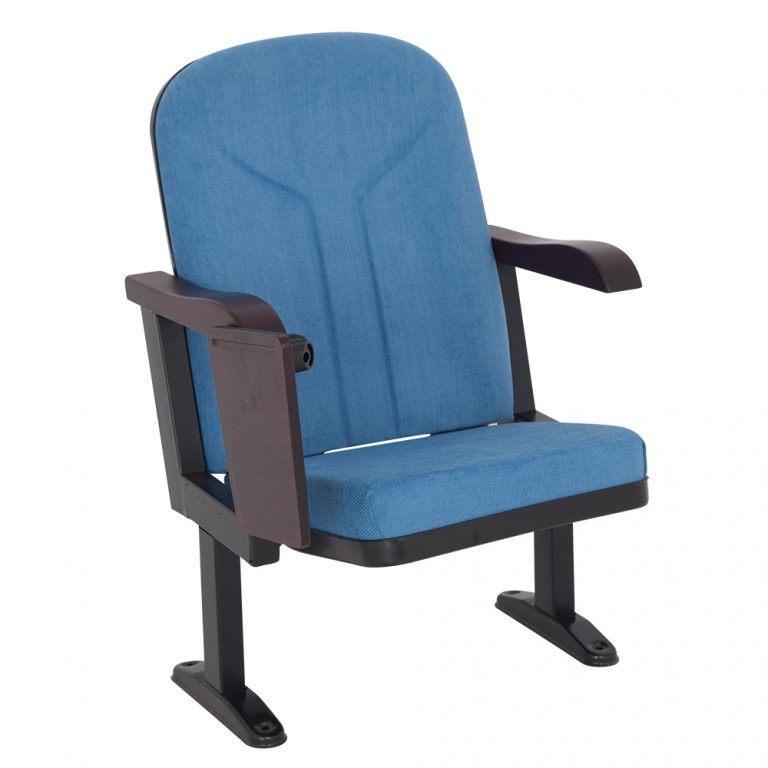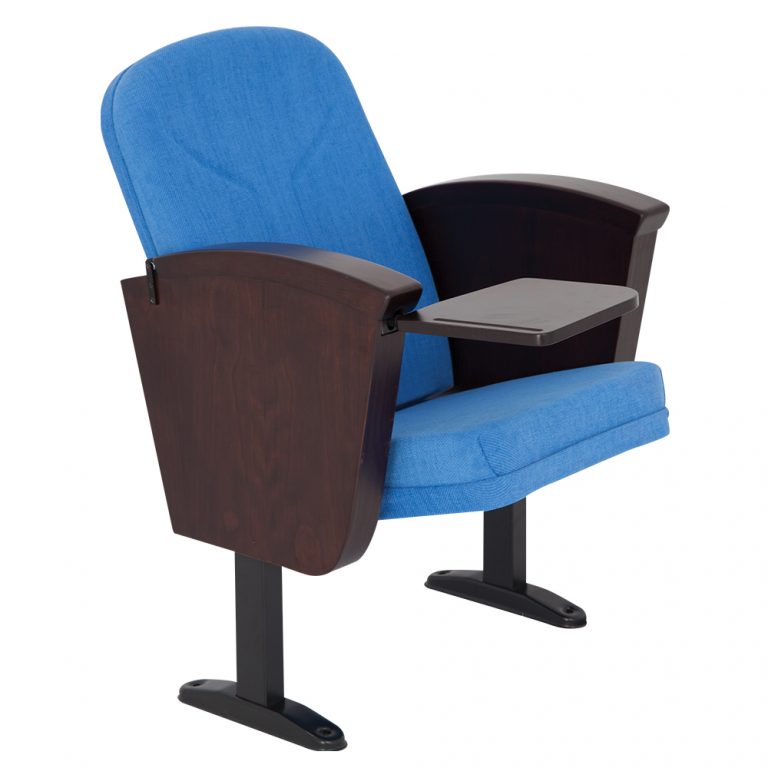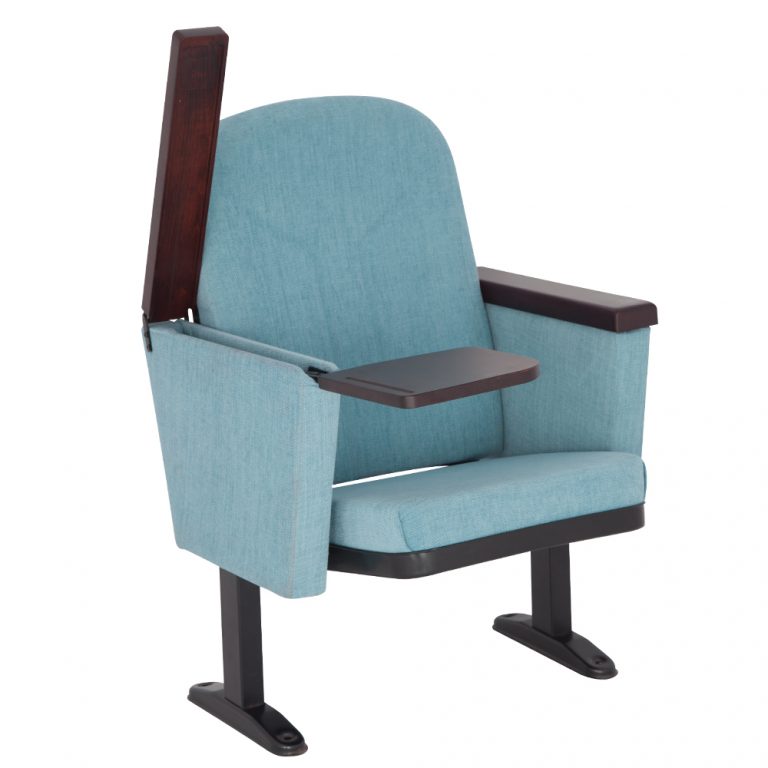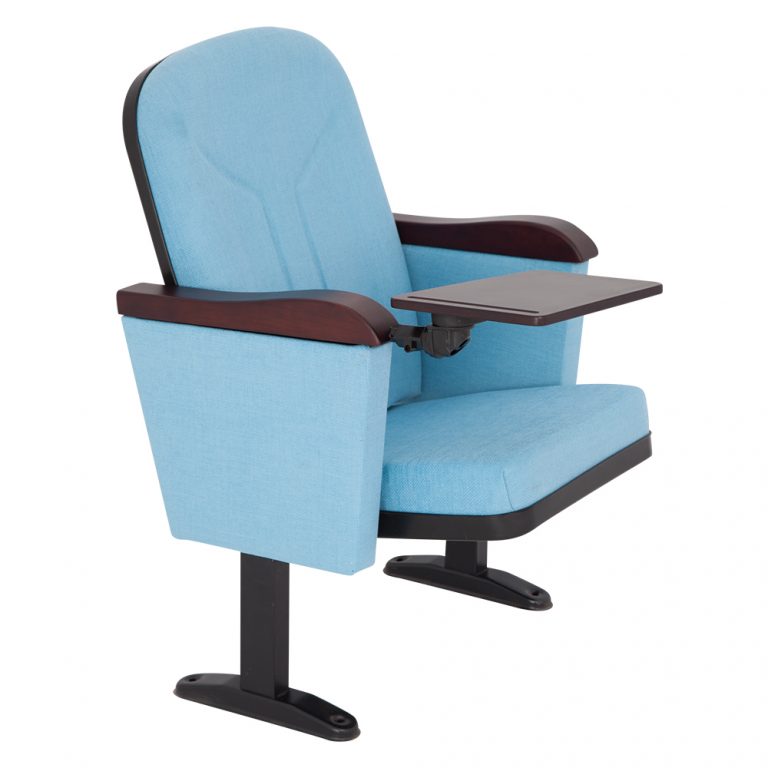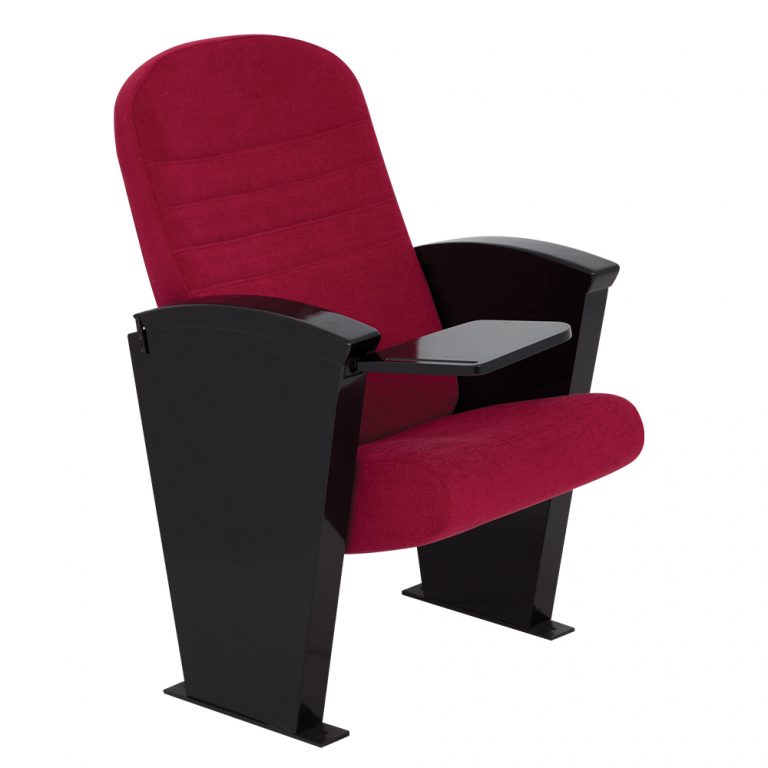Lecture Hall Seats
Lecture hall seats are an essential part of any educational or multi-purpose facility. They provide comfort, functionality, and durability for the users. Whether you are looking for lecture hall seats for a high school, a college, or a conference center, you need to consider several factors before making your purchase. For example, you need to think about the size, shape, and layout of the lecture hall, the number and type of seats you need, the budget you have, and the style and design you prefer. In this article, we will give you some tips and advice on how to choose the best lecture hall chairs for your project.
Classroom Seating Arrangements
One of the first things you need to decide is the classroom seating arrangement. This refers to how the seats are arranged in relation to the front of the room, where the teacher or speaker is located. There are different types of classroom seating arrangements, such as:
- Lecture style seating: This is the most common and traditional arrangement, where the seats are arranged in rows facing the front of the room. This is suitable for large lecture halls, where the main focus is on the presentation or lecture. However, this arrangement may not be very conducive to interaction or collaboration among the students or attendees.
- U-shaped seating: This is where the seats are arranged in a U-shape, with the open end facing the front of the room. This is suitable for smaller lecture halls, where the teacher or speaker wants to encourage more participation and discussion. This arrangement also allows the teacher or speaker to move around the room and interact with the audience more easily.
- Cluster seating: This is where the seats are arranged in small groups or clusters, usually around a table or a central point. This is suitable for lecture halls that are used for workshops, seminars, or group activities. This arrangement fosters more collaboration and teamwork among the students or attendees, as well as allowing them to share resources and materials.
Chairs for Classroom
Another important factor to consider is the type and quality of the chairs for classroom. You want to choose chairs that are comfortable, durable, and easy to maintain. Comfort is important because the users will be sitting on the chairs for long periods of time, and you want to avoid any discomfort or health issues. Durability is important because the chairs will be used frequently and intensively, and you want to avoid any damage or wear and tear. Easy maintenance is important because the chairs will be exposed to dirt, dust, stains, and spills, and you want to keep them clean and hygienic.
Properly selected lecture hall seats can be used for many years, and they can also enhance the appearance and atmosphere of the lecture hall. There are different types of chairs for classroom, such as:
- Fixed chairs: These are chairs that are permanently attached to the floor or the wall of the lecture hall. They are usually made of metal or wood, and they may have cushions or upholstery for added comfort. Fixed chairs are ideal for lecture halls that have a fixed layout and capacity, and they offer stability and security for the users.
- Foldable chairs: These are chairs that can be folded when not in use. They are usually made of metal or wood, and they may have hinges or joints for easy folding. Foldable chairs are ideal for lecture halls that have limited space or storage, and they offer efficiency and economy for the users.
Lecture Hall Chairs Models
Here are some of our more popular options for Lecture & Amphitheatre spaces...
The Importance of Comfort in Lecture Chairs
Comfort is one of the most important aspects of lecture chairs. Comfort affects the satisfaction, performance, and well-being of the users. Comfortable lecture hall seats can:
- Improve the attention, concentration, and retention of the students or attendees, as they can focus more on the content and less on the discomfort.
- Reduce the fatigue, stress, and pain of the students or attendees, as they can relax more and avoid any physical or mental strain.
- Increase the engagement, participation, and feedback of the students or attendees, as they can interact more and express their opinions or questions more freely.
To ensure comfort in lecture chairs, you need to consider several factors, such as:
- The size and shape of the chairs, which should match the size and shape of the users. The chairs should not be too big or too small, too high or too low, too wide or too narrow, or too deep or too shallow for the users. The chairs should also have enough space and clearance for the users to move or adjust their positions.
- The support and cushioning of the chairs, which should support the posture and alignment of the users. The chairs should have adequate backrests, armrests, and footrests, as well as sufficient padding or upholstery for the seats and the backs. The chairs should also have ergonomic features, such as lumbar support, headrests, or reclining mechanisms, to enhance the comfort and health of the users.
- The material and fabric of the chairs, which should suit the climate and environment of the lecture hall. The chairs should be made of materials that are durable, easy to clean, and resistant to fire, water, or stains. The chairs should also have fabrics that are breathable, soft, and comfortable, and that do not cause any irritation, allergy, or odor to the users.
Classroom Style Seating
Classroom style seating is one of the most popular and widely used seating arrangements for lecture halls. It is also known as lecture style seating, as it is designed for lectures, presentations, or speeches. Classroom style seating has several advantages, such as:
- It maximizes the use of space and capacity of the lecture hall, as it can accommodate a large number of users in a relatively small area.
- It facilitates the visibility and audibility of the teacher or speaker, as well as the screen or board, as all the users are facing the same direction and have a clear view and sound of the front of the room.
- It simplifies the setup and management of the lecture hall, as it does not require much rearrangement or modification of the seats or the equipment.


